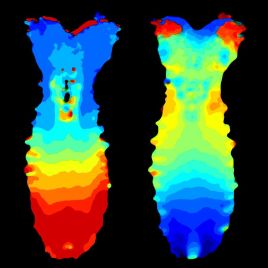Using imaging technology together with technology for detecting neuronal activity from specific groups of cells, a team of researchers has been able to “film” the activity of the entire central nervous system of a developing fly, Drosophila melanogaster. This type of methodology is expected to help advance the understanding of the neuronal networks that dictate […]
Tag: animal behaviour
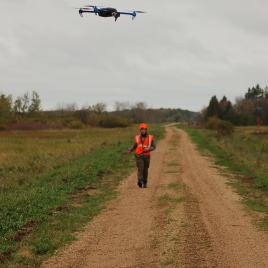
Black bears scared by drones
Black bears are scared by drones flying overhead, even though they do not appear startled to observers. Researchers flew a small unmanned aerial vehicle (UAV) over wild American black bears outfitted with heart rate monitoring equipment and GPS trackers. They found that, although the bears appeared calm outwardly, their heart rate increased suddenly, jumping […]
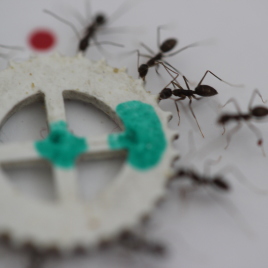
Ants too have their guides
It takes a lot of coordination for a group to carry a large load together. It’s a rare ability in the animal world, but one shared by ants and humans. Like humans, longhorn crazy ants (Paratrechina longicornis) use individuals for steering the direction of the group. This collective movement appears to arise by the […]
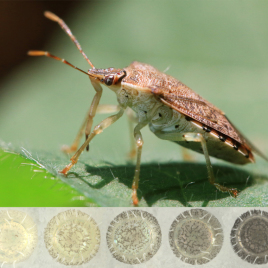
The secrets of stink bugs: A new chemical compound and selective egg colouration
Stink bugs, Podisus maculiventris, are able to change the colour of the eggs they lay to better protect them from UV radiation, according to new findings. The researchers expected the colour variation to come from differing levels of melanin, however they found a new compound responsible for the pigmentation. While stink bugs are the first […]
Boa constrictors’ victims die of circulatory arrest, not suffocation
Boa constrictors do not kill their victim by suffocation, but by quickly stopping blood flow. When attacking, boas apply several loops of their body against the prey’s chest. This not only allows them to compress the vital organs directly, but may also enable them to monitor the victim’s heartbeat according to the researchers. Researchers inserted […]
The importance of singing well
The reproductive success of male song sparrows, one of the most abundant native sparrows of North America, depends on their song repertoire, not the quality of their territory, according to new research. The researchers found that males with a larger repertoire produced and fledged more offspring annually. The study also found that these males moved […]
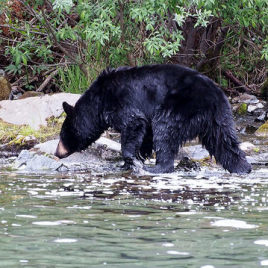
Female black bears eat berries, males eat ants
Male and female black bears do not share the same diet, according to new findings. A research using GPS telemetry and scat analyses found that black bears’ diet depends on their sex and, for females, on their reproductive status. In the same habitats, “females with cubs-of-the-year tended to…feed on bunchberry, whereas females with yearling foraged […]
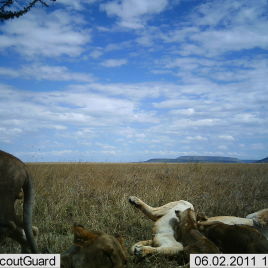
The secrets of the Serengeti
Over 300,000 photographs of wild animals in Serengeti National Park, Tanzania have been cataloged and should provide data for future ecological research and educational projects. The photographs were of 40 separate species including lions, zebras, honey badgers and the rare zorilla and aardwolf. Between June 2010 and May 2013 225 camera traps gathered pictures over […]
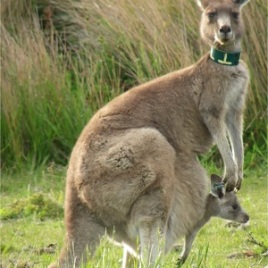
Adoption in Eastern Grey Kangaroos: A Consequence of Misdirected Care?
For the first time, researchers have observed wild kangaroos adopting young kangaroos. In a six-year study of eastern grey kangaroos in Australia, 11 of 326 juveniles were adopted and four of them involved ‘switches’ between mothers. In these switches a mother adopted a juvenile while simultaneously abandoning her own, or a previously adopted, offspring. The […]
Hearing: How loud noises trigger a protective reflex
A study of mice has lead scientists to believe they are closer to understanding what triggers the brain to reduce sound amplification in response to a loud environment. Researchers report that this protective reflex is controlled by Type II fibres in the ear. These fibres were previously shown to be necessary for speech discrimination in […]
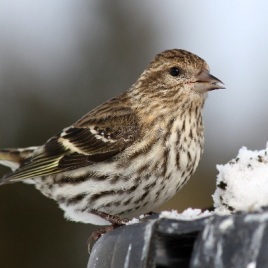
Using the climate to predict the movement of birds
Future irregular large-scale movements, technically known as irruptions, of boreal seed-eating birds in North America may be predictable using previous climate conditions according to a 24 year study of the Pine Siskin finches travel patterns. Researchers have found that the birds’ irruptions typically occur in either a north-south or west-east pattern which can be linked […]
Toxic algae can “smell” predators
Algae can smell predators coming their way, according to a new study. Small crustaceans, zooplankton copepods, feed on algae and researchers observed that they release small fat molecule called copepodamides into the water. When exposed to these molecules an algae, Alexandrium minutum, also known to form toxic algal blooms, will increase 20-fold their paralytic toxin […]
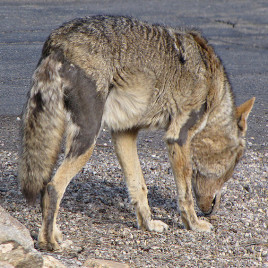
Why coyotes move to the city
Sick coyotes are more likely to seek easily accessible food sources such as garbage in developed areas according to a new study. Across North American cities reports of coyote-human problems have increased, and biologists are trying to understand why. The authors used GPS collars to follow 19 coyotes in the Edmonton area. Half of the […]
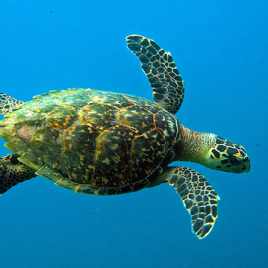
Swimming or drifting: young sea turtles do swim
“Toddler” sea turtles appear to be active swimmers moving with a purpose, going against the previously held belief that they drifted with ocean currents. A team of researchers tracked young Green Sea turtles and Kemp’s Ridley sea turtles using satellite telemetry as well as buoys to follow sea currents. Comparing the models of ocean currents […]

Happy? Your dog knows it
Dogs can tell the difference between happy and angry human faces, a new study shows. Researchers taught 11 dogs to discriminate between happy and angry human faces, and then tested them showing only half of the faces, mixing new faces and masking the teeth. The authors conclude that dogs can discriminate between human’s emotional expressions, […]
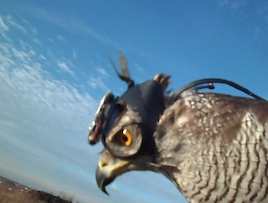
Turn abruptly if you are hunted by a goshawk
Goshawks hunt by fixing their eyes on their prey. Their method is so effective that the hawks pursuit of their target can be over in seconds. Using cameras mounted on the heads of the birds, researchers analysed the raptors’ pursuit strategy from a birds-eye perspective. They found that Goshawks used different strategies at different stages […]
